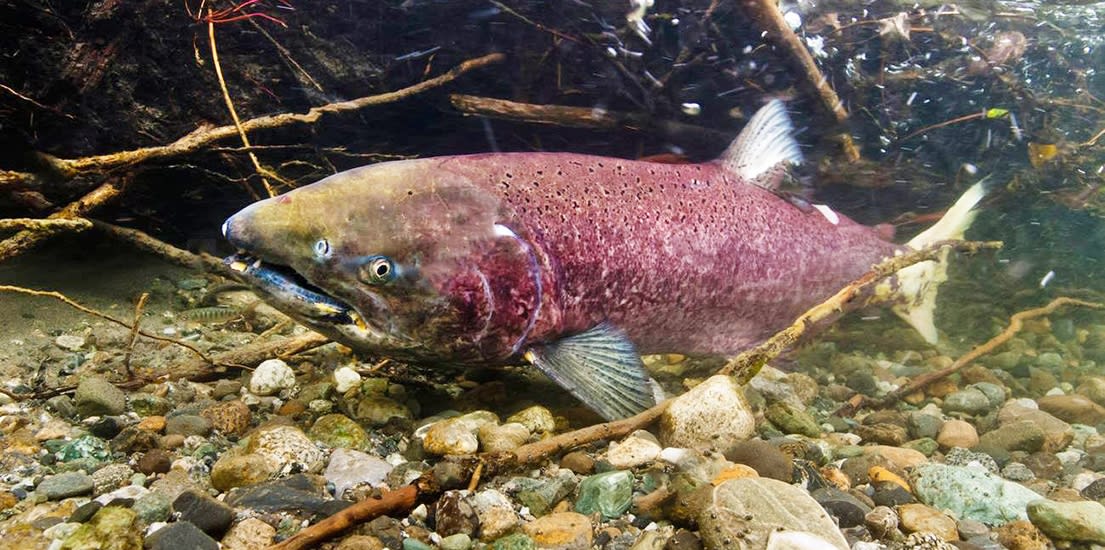On California’s South Fork Antelope Creek, WRC has acquired a property with some of the best fish and wildlife habitat in and around the Lassen National Forest. The stream, which flows from the forested heights of Mount Lassen, is a tributary of Antelope Creek, one of the healthiest remaining salmon streams in the Sacramento River system.
With excellent spawning and rearing habitat for spring Chinook and steelhead, Antelope Creek is one of just six streams that are part of the designated Sacramento Salmon Stronghold. Without these streams—which also include Deer and Mill Creeks, two streams WRC has worked to conserve—these wild fish runs would be hard-pressed to survive.
Because South Fork Antelope Creek is situated in a transition zone between high elevations and the valley floor, it also supports some of the highest species diversity in the Lassen National Forest. In the heart of this transition zone, WRC purchased a 1,150-acre property along 2.5 miles of the South Fork, where the stream cuts a deep canyon lined with old-growth ponderosa pine and incense cedar. Above the canyon, a live oak savanna gives way to rolling grasslands with abundant wildlife.
The property’s most famous recent occupant was a wolf called OR-7, California’s first documented wolf in decades, which spent an entire winter foraging here—a testament to the property’s superb habitat. Combined with the Tehama Wildlife Area downstream, the property provides a winter home for an important migratory population of Tehama black-tailed deer as well as mountain lion, black bear, prairie falcon, peregrine falcon and western pond turtle.
We plan to convey the land to the Lassen National Forest next year. In addition to conserving the property, the project will provide the opportunity to extend a trail from the nearby Tehama Wildlife Area to the Lassen National Forest to allow hikers, equestrians and kayakers to explore this remote, wild and highly scenic area.


